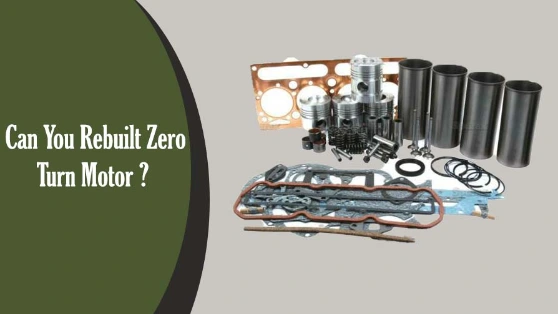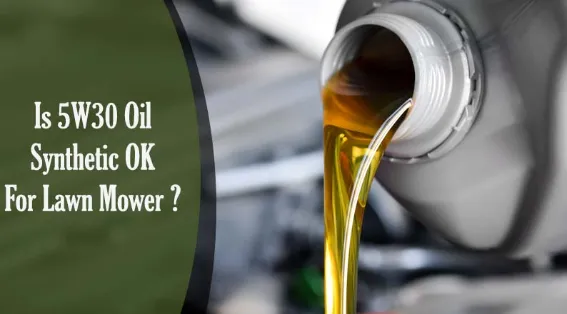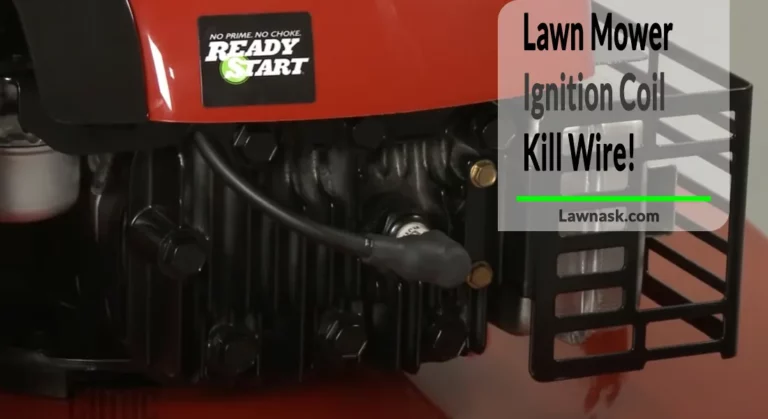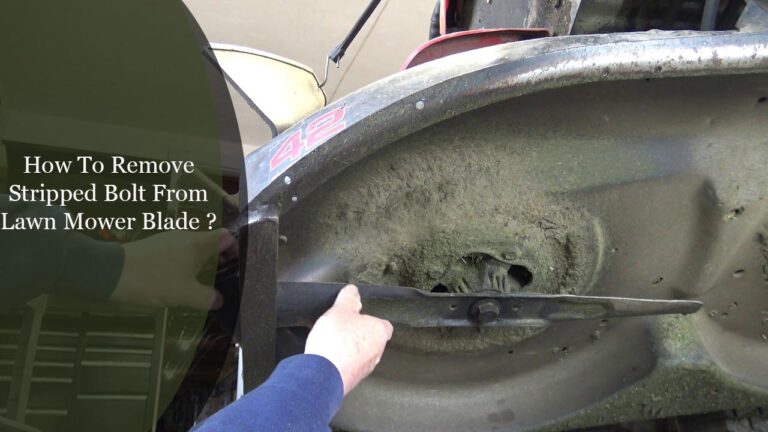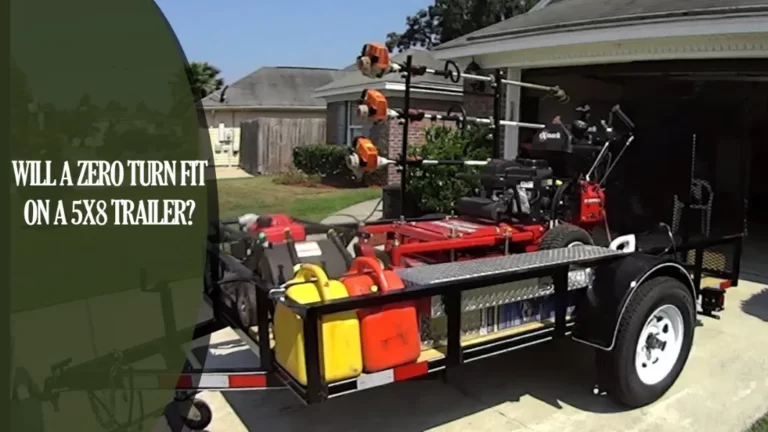Are Lawn Mower Solenoids Universal? Complete Guidelines
Are lawn mower solenoids universal? I will discuss here whether the lawn mower solenoid is universal or not. Besides, I will show you the solution to a malfunctioning lawn mower’s solenoid and everything you need to learn about solenoid replacement.
Are Lawn Mower Solenoids Universal?
Lawn mower solenoids are small cylindrical-shaped devices that control the electricity flow in the lawn mower. The solenoid is directly connected to the lawn mower starter motor and battery. When you turn on your lawn mower, the solenoid catches the starting motor, which turns on the mower’s engine and switches on the lawn mower.
In most cases, lawn mower solenoids are universal and interchangeable with different models and brands.
Let’s move into a deep discussion of where we will figure out the ins and outs of the lawn mower solenoids.
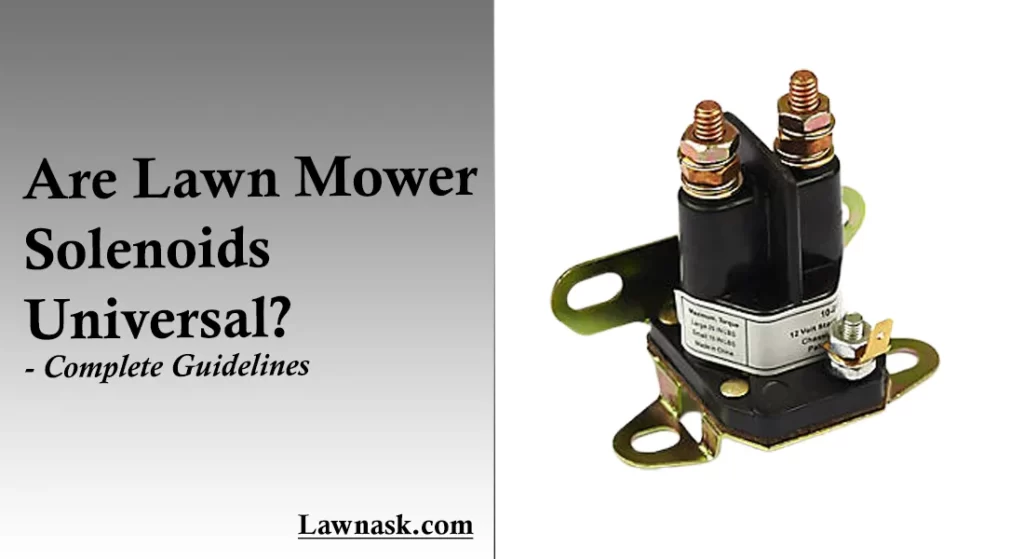
Are Lawn Mower Solenoids Interchangeable?
The solenoid plays an important role in starting your lawn mower. A lawn mower solenoid is also known as a starter solenoid. The solenoid delivers the initial surge current to the starter motor, which helps to crank the mower’s engine and turn on the mower.
So, when the lawn mower solenoid wears out or goes wrong, it can not send any power to the starter motor. This may bring a lot of pain when you stand in the middle of your lawn mowing, and the solenoid gives out at that time.
But the good word is that the starting solenoids are comparatively easy to substitute with a good one. And most of them are interchangeable with various models and brands of lawn mowers.
Yet, if you are still looking for the perfect replacement for your mower’s solenoid, you may try the generic solenoid, which fits most of f the mower’s models.
A solenoid replacement is not difficult, and you can accomplish it with little effort, expertise, and precautions. If you are not handy to replace it, you should take it to a repair shop or expert. Furthermore, you shouldn’t replace the solenoid if you have a warranty. Consult a lawn mower supplier before the solenoid replacement is good practice.
Bonus tips: Remember to check out your mower’s battery when you feel something wrong, like solenoid problems or the mower not starting. A mower’s battery supplies power to the starter motor, like your car. So, when the battery is powerless or dead, the motor starter does not work, and the engine won’t turn on.
Related Post: Why Mower Only Starts When I Jump Solenoid (Fixes Added!)
What Is a Lawn Mower Starter Solenoid Test?
The process of assigning the lawn mower solenoid condition is known as the solenoid test. To perform the test, keep the engine off and open the cable from the solenoid line.
Then select the ohms rating of the voltmeter or multimeter and touch the multimeter probes to the solenoid terminals. If you find the infinite reading, the solenoid is fine; if you get a zero reading, the solenoid is faulty.
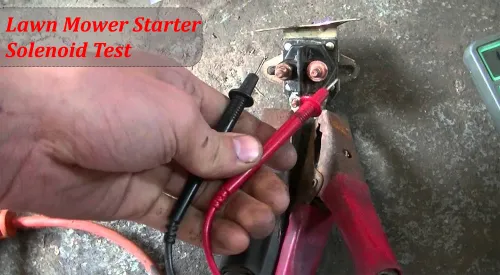
How Do You Test A Solenoid On a Riding Lawn Mower?
During a riding lawn mower solenoid test, you must first check out the wiring. Ensure all of the wires are connected properly and have no deterioration of any cables.
If everything is fine, you should proceed to the solenoid test. You can check out the solenoid in two ways.
Multimeter Test:
The easiest way to examine the solenoid conditions is by using a multimeter. To run the test, set up the multimeter to the ohms rating and contact the multimeter leads with the two terminals of the solenoid.
If you find a low resistance value, the solenoid is alright. But if you get a high resistance from the multimeter reading or if it shows no reading, the solenoid is probably not working accurately and needs fixing.
Continuity Test:
Another way to test the solenoid is by using the continuity tester. Continuity is a simple electrical testing device you can easily buy from any hardware store. To push through the continuity tester, connect two tester’s leads with the solenoid terminals to push through the continuity tester.
If you find the continuity tester is lighting up, the solenoid is alright and functioning properly. On the other hand, when the continuity tester does light up, the solenoid most likely has something wrong and is not working appropriately.
Can You Bypass A Lawn Mower Solenoid?
The straight answer is yes; you can bypass your lawn mower solenoid as a temporary solution. You can open the small wire connected to the solenoid and reconnect it directly to the solenoid battery. Thus you can bypass the solenoid and start the lawn mower.
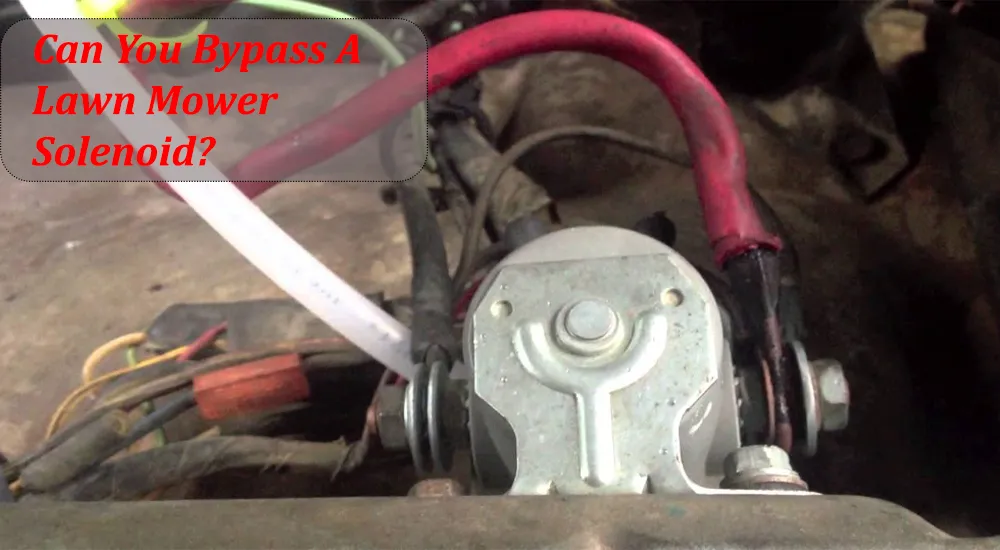
How Do I Bypass The Starter Solenoid On A Lawn Mower?
When the lawn mower’s battery dies, you can bypass the motor starter solenoid and start the engine as a temporary solution. Then it would help if you replace it asap. Here is the procedure to avoid the lawn mower starter solenoid:
Step 1:
Identify the starter solenoid position in your lawn mower. Usually, it is mounted near the battery.
Step 2:
Open the black(negative) terminal of the battery.
Step 3:
Connect the battery-negative terminal to the solenoid ground terminal using a jumper wire.
Step 4:
Try to switch on the lawn mower. If the lawn mower starts, the solenoid is faulty and needs to be changed.
Related Post: Symptoms of a Bad Solenoid on Riding Lawn Mower!
What Causes A Lawn Mower Solenoid To Go bad?
There are different reasons why the lawn mower solenoid may deteriorate. First and most importantly, the solenoid itself may wear out due to excessive use.
Secondly, there may be some electrical connection issues for which the solenoid needs to be fixed.
Finally, the battery life of the motor may take over, and it does not supply adequate power to operate the solenoid. For that reason, the solenoid is not engaging.
Frequently Asked Questions (FAQs):
Following are some of the most commonly asked questions about the lawn mower solenoid.
What Is A Lawn Mower Solenoid?
A lawn mower solenoid is a small electrical device that assists in starting the lawn mower engine. The solenoid is connected to the starter motor and provides high voltage current to help the motor start.
The solenoid is usually mounted under the lawn mower hood and is made of black or silver color cylindrical-shaped parts. It has two terminals labeled “S” and “L,” where “S” stands for starter terminal and “L” is for load terminal.
Do You Need To Jump A Solenoid On A Lawn Mower?
No, you need not jump on a lawn mower solenoid.
What Is The Cost To Replace A Lawn Mower Solenoid?
The solenoid replacement cost may vary from model to model and the place from where you are going to purchase it. Usually, it costs around $30 but may increase up to $100 with the installation cost.
Why does my mower click when I try to start it?
The clicking sounds come from the lawn mower device called the solenoid. The solenoid builds up the battery connection with the starter motor, and the clicking sounds come when the solenoid circuit triggers.
Verdict:
In conclusion, the solenoid is an important part of the lawn mower operation, and you should take care of it accordingly. And I hope you got your answer to the question, are lawn mower solenoids Universal?
If you have more queries on the lawn mower and lawn mower solenoid, just comment in the comments section. We will be there with the answer asap till then bye.
Related Posts:
- Identifying Symptoms of a Bad Starter Solenoid in Your Lawn Mower
- Understanding the Reasons Behind a Lawn Mower Solenoid Repeatedly Going Bad
- Can You Safely Leave Your Push Mower Out in the Rain? Find Out Here
- Examining the Effects of Flooding on a Lawn Mower
- Understanding the Feasibility of Putting a Larger Deck on Your Mower

